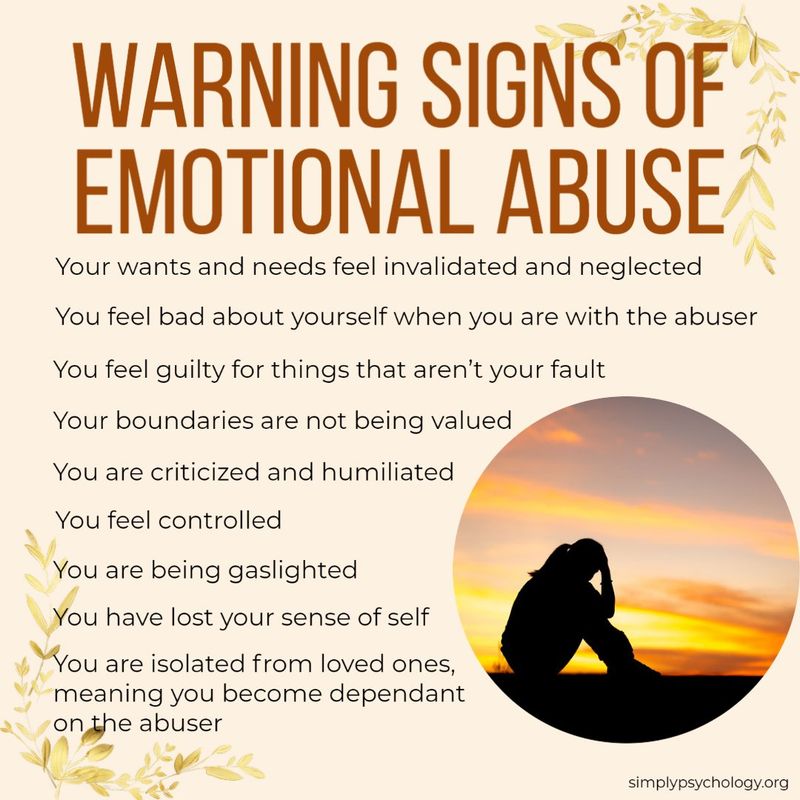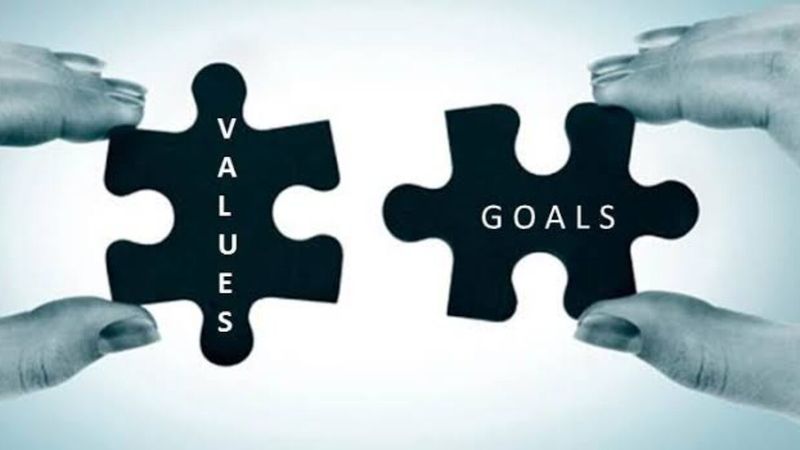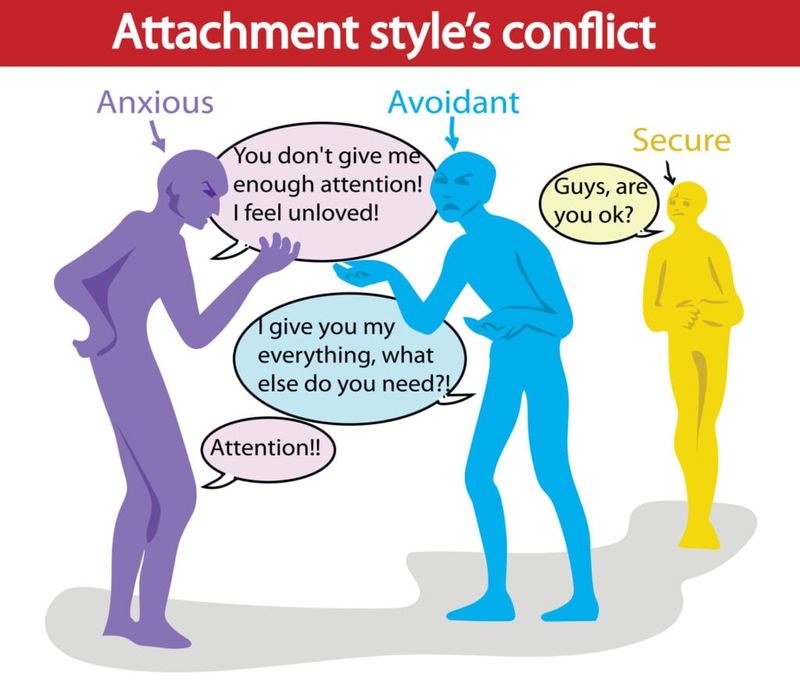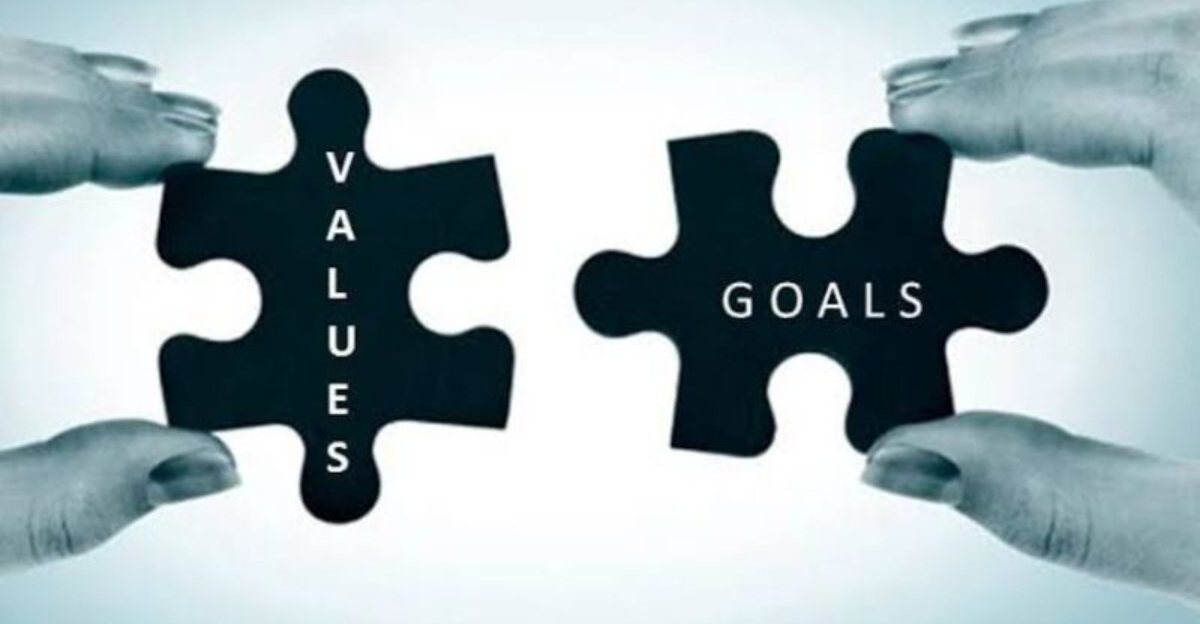19 Relationship Problems That Can’t Be Fixed, According To A Licensed Counselor
Navigating the waters of a romantic relationship can often feel like a complex dance. However, there are certain issues that, according to licensed counselors, may be beyond repair. Recognizing these can save emotional energy and heartache, so let’s get started!
1. Irreconcilable Values

When two people have fundamentally different values, it can create an insurmountable barrier. Values are the core principles that guide our actions and beliefs.These opposing priorities can lead to continuous conflict. Each partner may feel misunderstood and unfulfilled, as their core beliefs are not aligned.
Over time, the friction caused by these differences can wear down even the strongest of connections. It may feel like walking on eggshells, constantly trying to avoid sensitive topics.
Ultimately, when values clash, both partners may end up feeling like they’re living two separate lives, unable to meet in the middle. It’s like a dance where one partner waltzes and the other tangos—beautiful on their own, but incompatible together.
2. Lack of Trust

Trust is the foundation of any healthy relationship. Once it’s broken, rebuilding it can be a Herculean task. A relationship devoid of trust becomes a breeding ground for paranoia and anxiety.
Even with the sincerest apologies and promises for change, the shadow of doubt can loom large. Every action is scrutinized, every word dissected, creating an atmosphere of constant tension. It’s as though a third, invisible partner has entered the relationship—doubt, always whispering in the background.
Without trust, any semblance of intimacy or vulnerability is lost. It’s akin to building a house on quicksand; no matter how grand the structure, it’s doomed to collapse. In such a scenario, the relationship often becomes a cycle of suspicion and justification, with no resolution in sight.
3. Chronic Infidelity

Repeated infidelity can leave a relationship in shambles. Each betrayal chips away at the bond, leaving scars that are hard to heal.
The betrayed partner may find themselves trapped in a carousel of anger, hurt, and distrust. No matter how heartfelt the apologies or earnest the promises to change, the lingering pain remains a constant reminder of broken vows. It’s akin to reopening a wound that never fully heals.
Living with the fear of yet another betrayal can overshadow moments of happiness, creating an emotional chasm that grows wider over time. When infidelity becomes a recurring theme, it signals a deeper issue that no amount of forgiveness can mend. It’s like trying to swim in a sea of lies, with each stroke pulling you further from the shore of reconciliation.
4. Emotional Abuse

Unlike physical abuse, emotional abuse often goes unnoticed, insidiously eroding a person’s self-worth and confidence.
Victims often find themselves doubting their self-worth, questioning their sanity, and feeling isolated from friends and family. The abuser, intentionally or not, wields words like weapons, leaving emotional scars that run deep. It’s like living in a fog of manipulation where reality is distorted.
Escape from emotional abuse requires immense courage and support, often necessitating a complete break from the relationship. Without professional intervention, the cycle of abuse tends to continue, eroding any semblance of love or trust. It’s like being trapped in a cage where the bars are invisible but impenetrable.
5. Lack of Communication

Communication is the lifeline of any relationship. When it deteriorates, misunderstandings and frustrations proliferate. Silence becomes their default mode of interaction.
Without communication, assumptions replace facts, and misunderstandings grow like weeds in a neglected garden. It’s a lonely existence, akin to living with a stranger rather than a partner. The warmth and connection that once existed begin to fade, replaced by a cold distance.
Attempts to rekindle the dialogue may often feel awkward or forced, as if trying to converse in a foreign language. Over time, the lack of communication can solidify into a wall of silence, hard to breach and harder to dismantle. It’s like being trapped in a soundless void where your voice echoes back at you, unheard.
6. Different Life Goals

When partners have diverging life goals, the relationship may struggle to find common ground. These differing visions can create a tug-of-war
Each partner may feel pulled toward their own desires, making compromises difficult to reach. It’s like trying to navigate a ship where the captain and co-captain have conflicting maps. The journey becomes fraught with tension and frustration.
Over time, the disparity in goals can lead to resentment and a sense of being held back. It’s as if one partner is trying to clip the wings of the other. Without alignment or compromise, the relationship may feel more like a burden than a partnership. It’s like being on two parallel tracks that never meet, always close but never converging.
7. Unresolved Past Issues

Past issues, if not addressed, can cast long shadows over a relationship. These unresolved emotions can seep into the current relationship, creating tension and distrust.
The burden of unresolved past issues is like carrying a heavy backpack filled with stones. Each new experience adds another stone, weighing down the relationship. This baggage can prevent partners from fully engaging in the present.
Without addressing these issues, the couple may find themselves trapped in a cycle of blame and guilt. Healing requires more than time; it necessitates a willingness to confront and resolve past wounds. Otherwise, the relationship is like trying to build a castle on shifting sand, unstable and prone to collapse under pressure.
8. Addiction

Addiction can be a formidable adversary in a relationship. Whether it’s substance abuse, gambling, or another form of addiction, the focus shifts from nurturing the relationship to managing the addiction.
The partner struggling with addiction may become consumed by their habit, leaving the other feeling neglected and alone. It’s like living with a third presence that demands constant attention, leaving little room for intimacy or connection.
Attempts to help can often lead to enabling, as the non-addicted partner tries desperately to save the other. This cycle can erode trust and create an environment of fear and instability. Without professional help and a commitment to change, the relationship is like a ship heading toward a storm, unable to steer clear of the impending disaster.
9. Incompatibility in the Bedroom

Incompatibility when it comes to physical intimacy is often overlooked but plays a crucial role in a relationship’s health. This mismatch can lead to feelings of rejection and frustration.
Physical desires and needs are integral to a relationship, and when they’re out of sync, it can create a chasm difficult to bridge. The partner with unmet needs may feel undesired, leading to resentment and isolation.
Open communication can help, but if the core desires remain misaligned, it may feel like trying to fit a square peg in a round hole. Without addressing these differences, the relationship may become a source of sexual frustration rather than fulfillment. It’s like trying to dance to two different rhythms, constantly out of step.
10. Excessive Jealousy

Jealousy, in excessive amounts, can be corrosive. This pervasive suspicion can suffocate the relationship.
While a little jealousy is normal, constant accusations and distrust can create an environment of paranoia. It’s like being under surveillance, where every action is interpreted as a potential betrayal. The partner on the receiving end may feel smothered and trapped.
Over time, excessive jealousy erodes trust and creates emotional distance. Attempts to reassure often fall on deaf ears, as the jealous partner is consumed by their insecurities. Without addressing the root causes, the relationship is like living under a raincloud, where every bright moment is overshadowed by looming suspicion.
11. Financial Incompatibility

Financial compatibility is often underestimated in its importance. This fundamental difference in handling money can lead to ongoing conflict.
Fights about finances can create stress and resentment, overshadowing the relationship’s positive aspects. It’s like trying to row a boat where one partner paddles forward while the other paddles backward. The result is frustration and a lack of progress.
Without mutual understanding and compromise, financial discord can become a persistent source of tension. It may lead to secretive behavior, like hiding purchases or lying about debts, further eroding trust. The relationship becomes a balancing act on a financial tightrope, with each partner pulling in opposite directions.
12. Inequality in Effort

When one partner consistently puts more effort into the relationship, it creates an imbalance. This inequality can lead to feelings of resentment and burnout. It’s like carrying a heavy load alone, without support from the person who should be sharing the burden. Over time, the more invested partner may feel taken for granted.
Without addressing this imbalance, the relationship can become one-sided, with one partner feeling like they’re dragging the other along. Open dialogue about expectations and contributions is essential, but if the effort remains unequal, it’s like trying to balance a seesaw with one person doing all the lifting.
13. Poor Conflict Resolution

Conflict is inevitable in any relationship, but poor resolution can lead to larger issues. The same issues crop up repeatedly, creating a cycle of frustration.
Poor conflict resolution can lead to feelings of being unheard and misunderstood. It’s like trying to put out a fire with gasoline; instead of resolving the issue, the flames are fanned. This pattern can create resentment and emotional distance.
Without effective communication and problem-solving skills, even small disagreements can escalate into major disputes. Over time, this can wear down the relationship, leaving both partners feeling exhausted and disconnected. It’s like trying to mend a broken vase with tape; the cracks are always visible, threatening to widen at any moment.
14. Attachment Issues

Attachment styles can profoundly affect relationships. Consider a partner with an anxious attachment style paired with one who is avoidant. This dynamic creates a push-pull effect, with one partner seeking closeness while the other retreats.
The anxious partner may feel perpetually insecure, craving reassurance and connection. Meanwhile, the avoidant partner feels overwhelmed by demands for intimacy, prompting withdrawal. It’s a dance of approach and retreat, leaving both partners dissatisfied.
Without addressing these attachment issues, the relationship may feel like a rollercoaster of highs and lows. Understanding and adapting to each other’s attachment needs is crucial, but when left unaddressed, it’s like trying to merge two different puzzle pieces that never quite fit together.
15. Lack of Emotional Support

Emotional support is the cornerstone of a nurturing relationship. When it’s absent, partners can feel isolated and unvalued.
Without emotional support, the relationship becomes a lonely journey. It’s akin to shouting into a void, waiting for an echo that never returns. Over time, the lack of empathy and understanding can create emotional distance and resentment.
Open communication is key, but if emotional needs continually go unmet, the relationship can feel barren and unfulfilling. It’s like trying to nurture a garden in a drought, where no amount of effort seems to yield growth or connection.
16. Cultural Differences

Cultural differences can add a rich tapestry to relationships, but they can also pose challenges. These differences can lead to misunderstandings and conflict when not acknowledged or respected. It’s like speaking two different languages without a translator, where intentions are lost and assumptions abound.
When cultural differences are not bridged, they can create a sense of alienation and division. Embracing and celebrating these differences is essential, but if they’re met with resistance or dismissal, the relationship may feel like a constant battle for understanding.
It’s like trying to build a bridge without the proper materials, where gaps are inevitable and connections tenuous.
17. Emotional Withdrawal

When one partner emotionally withdraws, it leaves the other feeling isolated and unsupported. This detachment acts as a barrier, blocking intimacy and connection.
Emotional withdrawal often stems from unresolved issues, stress, or depression. It’s a protective mechanism that, while understandable, can be devastating for a relationship.
The path back from emotional withdrawal is steep and often insurmountable. Without mutual effort to reconnect, the emotional gap widens, leading to loneliness and eventual separation.
18. Fundamental Personality Clashes

When the core of who you are is fundamentally different from your partner, it’s not just about preferences—it’s about essence. These differences can manifest in daily life, creating a chasm that feels insurmountable.
Imagine one partner thriving in chaos while the other craves order. This perpetual tug-of-war can lead to constant friction.
Licensed counselors often see these clashes as deep-seated issues that transcend compromise, ultimately leading to a breakdown in respect and affection. In such cases, the relationship becomes a vessel for conflict rather than harmony.
Resolving these deep-rooted differences often feels impossible.
19. Differing Parenting Styles

Parenting styles are often deeply ingrained, reflecting personal histories and values. When partners can’t agree on how to raise their children, it affects the family dynamic profoundly.
One might favor a strict approach, while the other believes in a more relaxed, hands-off upbringing. These opposing views on discipline, education, and daily routines can create daily conflicts.
Counselors note that such disagreements can erode the partnership, as each parent’s core beliefs about raising their child are at stake. This issue can lead to resentment, as compromise feels like sacrifice, making reconciliation elusive.







